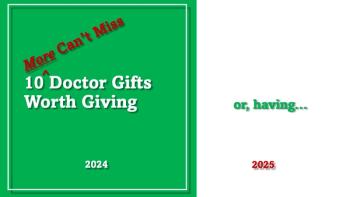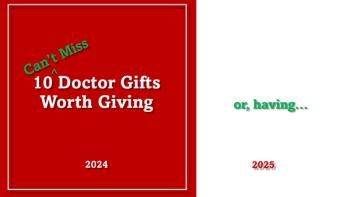
Scotland 3: Sightseeing the Southern Surroundings of Edinburgh
The history of Scotland is largely a history of warfare. A summary might be: during the first millennium AD the Scots fought relentlessly with the Romans, the Pagans, and Vikings, then in the next millennium incessantly with the English.
Scotland is a small country — at 78,775 square miles it’s just bigger than Nebraska but with almost 3 times the population of the Cornhusker State. Scotland’s population of 5.3 million, its highest ever, would place it between Colorado and Minnesota if it ever became a state – but that might require the USA to enjoy haggis!
Archaeologists believe Scotland had its
One problem for Americans exploring Scotland (apart for driving on the wrong side of the road) is that its history needs to be simplified or it will lose its tourists with heads spinning, A summary might be: during the first millennium AD the Scots fought relentlessly with the Romans, the Pagans, and Vikings, then in the next millennium incessantly with the English. So Scotland’s past really is that of war including national wars against a monarchy that some Scots did not want or a war against a religion that some did not care for.
Perhaps the only times that might interest most tourists would be the 1500s to the 1800s and especially the transitions, including the transfer of power in 1603, when the King of Scotland,
You will find tragic evidence of
A mere 11 miles west of Edinburgh airport stands
Edinburgh is in Mid Lothian, the center of Scotland. With a car you can go off in any direction, for example, a bit south into “the Borders” for Rosslyn Chapel or west on to Glasgow or down the south west coast to Ayrshire where was born the poet Robert Burns.
Glasgow, the largest city in Scotland with a population of 596,000, lies 19 miles upriver from its estuary on the Clyde, the river that allowed it to become the famed center of Scottish shipbuilding. Author’s image: A Surgeon Treating a Patient’s Foot by David Terniers, The Younger, courtesy Glasgow Art Gallery & Museum. Middle image: The
Robert Burns was born in 1759 in this simple clay and thatch cottage that his father had built two years before. Burns is seen by the world as the simple ploughman poet and has enjoyed much popularity in Russia for that reason but he was actually well educated and worked for seven years as a Customs official which is why he carried two pistols. The cottage, now part of a larger
Scotland’s most prolific writer
A drive through the Borders shows it is sheep country and explains why the towns have so many woolen stores. It also reveals the ruins of all those abbeys that once flourished in this land often invaded in the wars between the 2 countries. If you have time when you return north to Edinburgh to take the bridge over the river Forth — it will give you easy access to the next county, the so-called “Kingdom of Fife.” This is a county of coastal fishing villages such as Lower Largo with the statue embedded in a wall of the local worthy, Alexander Selkirk, who became the original for Daniel Defoe’s famous Robinson Crusoe. The Internet carries stories about this adventurer who was born here in 1676 but most accounts are muddled. Smithsonian Magazine has the facts in a detailed account
Edinburgh airport is 15 miles away. With all of today’s “pleasures” in air travel that proximity. sure makes a difference.
Photography by the authors
The Andersons, who live in San Diego, are the resident travel & cruise columnists for Physician's Money Digest. Nancy is a former nursing educator, Eric a retired MD. The one-time president of the New Hampshire Academy of Family Physicians, Eric is the only physician in the Society of American Travel Writers. He has also written 54 books, the last called
Newsletter
Stay informed and empowered with Medical Economics enewsletter, delivering expert insights, financial strategies, practice management tips and technology trends — tailored for today’s physicians.



















